|
 |
|
|
|
|
Alain Brillet and Thibault Damour, 2017 CNRS Gold Medalists
|
|
09.27.2017 |
|
Physics
Two CNRS Gold Medals are awarded this year to physicists Alain Brillet and Thibault Damour, whose research contributed to the first direct detection of gravitational waves. On the same day, the first joint observation by the LIGO and Advanced Virgo detectors was announced, thus confirming the European instrument's operational status.
|
|
Read the article
|
|
|
|
|
 |
|
|
|
|
A Deep Blue Challenge
|
|
10.04.2017 |
|
Oceanography
One of the most accessible and complete reports on the state of our oceans is now available as a free download. Tackling issues from carbon dioxide absorption to sea level rise, plastic pollution and overfishing, some 160 ocean specialists working in 50 different scientific fields have contributed to this book, whose aim is to increase awareness to what has become one of today's most pressing and urgent challenges.
|
|
Read the article
|
|
|
|
|
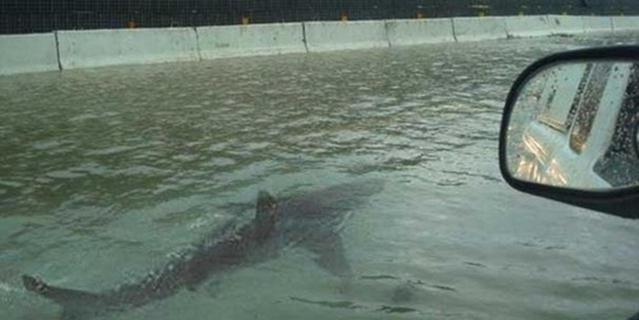 |
|
|
|
|
Algorithms to Detect Hoaxes
|
|
09.28.2017 |
|
Computer science
"Fake news"—from deceitful information to fake images—surfaces every time an event receives extensive media coverage. Social networks are attempting to find ways of controlling this phenomenon, while researchers are developing algorithms to more effectively spot them.
|
|
Read the article
|
|
|
|
|
|
Also this month
|
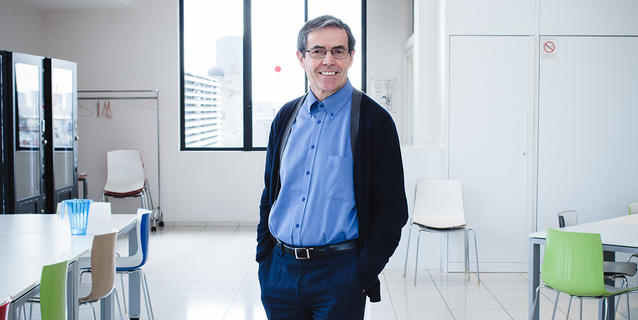 |
|
|
|
Jean-Marie Tarascon, Energy for improving Sustainability
|
|
10.10.2017 |
|
Energy On October 3, the Israeli government awarded the 2017 Samson Prize, Israel’s highest distinction for innovation, to Jean-Marie Tarascon, Professor at the Collège de France, director of the CNRS Research Network on Electrochemical Energy Storage (RS2E), and a pioneer in the field of lithium-ion... |
|
Read the article
|
|
|
|
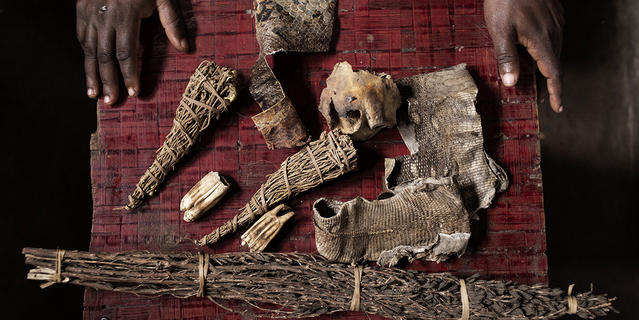 |
|
|
|
Witchcraft: A Scapegoat for Misfortune
|
|
10.10.2017 |
|
Ethnology In some Central African countries, witchcraft accusations can quickly lead to deadly violence. But what does "witchcraft" actually mean? The anthropologist Andrea Ceriana Mayneri provides an insight into the complex social, religious and political realities that underlie this phenomenon. |
|
Read the article
|
|
|
|
 |
|
|
|
Blade Runner: Can We Replicate Humans?
|
|
10.02.2017 |
|
Philosophy As "Blade Runner 2049" hits cinemas across the world this month, Sandra Laugier revisits the philosophical implications of the original film by Ridley Scott, which came out in 1982. In the age of artificial intelligence and robotization, what are the criteria that make someone human? |
|
Read the article
|
|
|
|
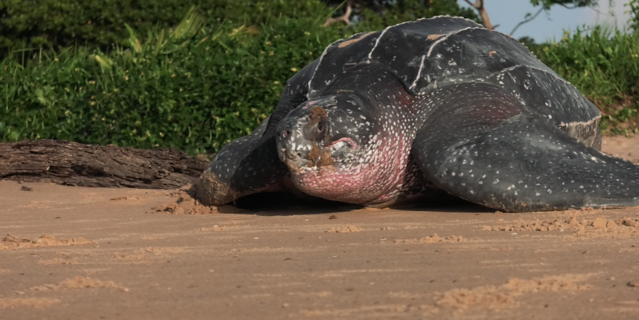 |
|
|
|
The Giant Turtles of Yalimapo
|
|
09.21.2017
|
|
Biology In French Guiana, leatherback turtles—the largest sea turtles in the world—return to the same beach multiple times over the year to lay their eggs. But fewer are making it back, threatening the species with extinction. Researchers have been tracking and monitoring them to better understand the... |
|
Watch the video
|
|
|
|
 |
|
|
|
Cetaceans Keep an Eye Open
|
|
09.20.2017 |
|
Biology In cetaceans—unlike in other mammals—breathing is a voluntary action that involves returning regularly to the surface. Sperm whales take naps in vertical position, and when dolphins sleep, half of their brain stays awake. How exactly are they able to do this? |
|
Read the opinion
|
|
|
|
 |
|
|
|
Cassini's Grand Finale
|
|
09.12.2017 |
|
Astronautics In the 20 years since it left Earth for Saturn, the Cassini-Huygens mission has made remarkable discoveries, to the point of changing our entire understanding of the Solar System. Its spectacular end came on September 15, 2017: the space probe fell into the rings of the giant planet, sending back... |
|
Read the article
|
|
|
|
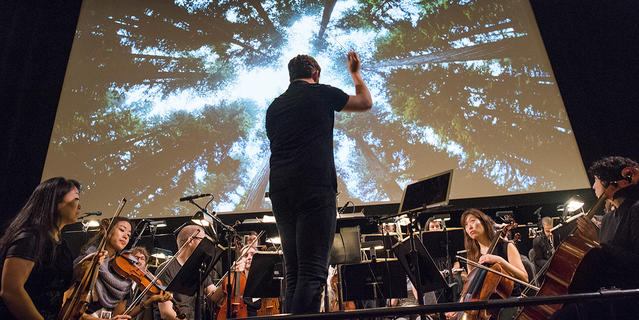 |
|
|
|
Using Semantics to Interpret Music
|
|
09.06.2017 |
|
Musicology Music cannot be reduced to a combination of notes and rhythms that can trigger emotions. It is also a form of language likely to convey information. A new discipline, music semantics, focuses on this phenomenon. |
|
Read the article
|
|
|
|
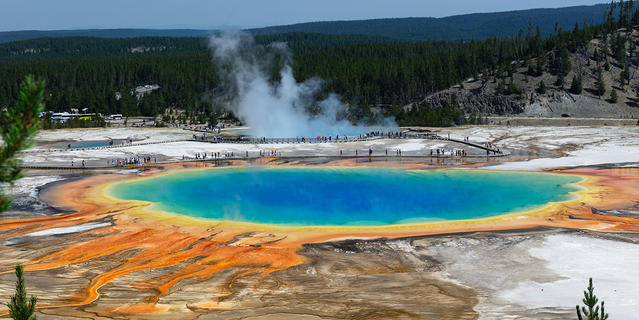 |
|
|
|
LUCA, our Common Ancestor
|
|
09.15.2017 |
|
Biology Although it was named a mere twenty years ago, the last common ancestor of all living organisms on Earth is more than three billion years old. And scientists have an ever-better idea of what it may have looked like. |
|
Read the opinion
|
|
|
|
|
|
|